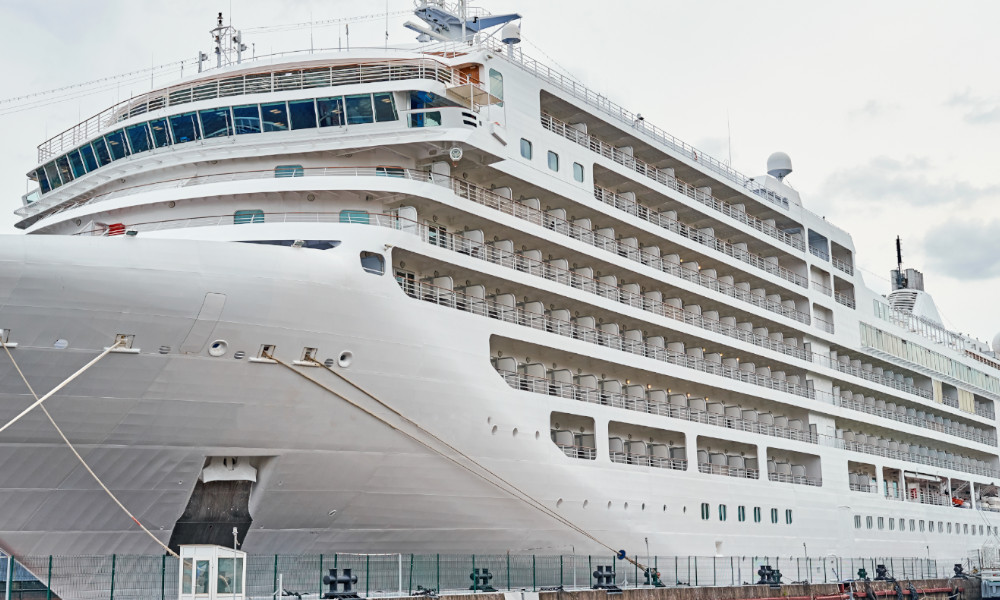Cruise Travel: Planning, Types, and Practical Considerations
Cruising is a way to combine transport, accommodation and sightseeing into a single trip, with options ranging from short coastal sailings to multi-week expeditions. For many travellers, a cruise offers convenience, a clear itinerary and a variety of on-board amenities, while also presenting choices about cabin type, dining plans and shore activities. This article outlines the main cruise formats, planning steps, on-board expectations, safety and environmental factors, documentation and local services, and practical budgeting considerations to help you make informed decisions.

What types of cruises exist?
Cruise offerings vary widely by duration, destination and style. Main categories include ocean cruises that visit multiple countries or islands; river cruises focused on inland waterways and cultural stops; expedition cruises aimed at remote or natural areas with guided activities; and specialty or themed sailings centred on interests like food, music or wellness. Each format differs in vessel size, passenger capacity and itinerary pace. Smaller ships and riverboats tend to offer closer access to ports and more intimate experiences, while large ocean ships provide a broader range of entertainment and dining options.
How to choose a cruise itinerary?
Selecting an itinerary depends on interests, time available and travel season. Consider whether you prefer a circular voyage from a single homeport or a one-way itinerary that requires additional transport arrangements. Evaluate port call durations—some itineraries provide a full day for exploration, others only a few hours. Weather patterns and regional events affect the best time to travel: for example, tropical regions often have distinct wet seasons, while polar expeditions are limited to summer months for safety. Balance time at sea versus time ashore according to whether you prioritise on-board amenities or cultural immersion.
What to expect on board and cabin options
Ship amenities range from simple cabins with windowless interiors to suites with balconies and butler services. Public spaces typically include multiple dining venues, lounges, pools, fitness centres and entertainment theatres. Understand what is included in the fare—basic dining and selected entertainment are usually covered, while speciality restaurants, some activities and premium beverages often carry extra charges. Consider mobility needs and accessibility features if required. Daily schedules are usually provided to help plan excursions, lectures or on-board classes; for a smoother experience, pre-book popular add-ons where possible.
Health, safety, and environmental considerations
Cruise operators follow international maritime regulations and often have medical facilities on board for common issues, but these can be limited in scope. Verify any recommended vaccinations and consult your healthcare provider about personal medical needs before travel. Safety briefings and muster drills are mandatory at embarkation—pay attention to instructions and evacuation routes. Environmental practices vary by line: many companies have policies on waste management and fuel use, and sustainable tourism programmes are increasingly common. When visiting fragile destinations, follow local guidelines to minimise impact on ecosystems and communities.
Booking, documentation and local services
Before booking, check passport validity requirements, visa rules for each port of call and whether additional documentation (such as vaccination certificates) is needed. Travel insurance that covers medical evacuation and cruise-specific interruptions is often advisable. When arranging transfers or shore tours, look for reputable local services or cruise-affiliated providers; this can simplify logistics but verify cancellation and refund policies. Keep digital and printed copies of important documents in separate locations. For assistance while travelling, ships often coordinate with local services ashore for guided tours, transport and emergency support.
How to budget and plan shore excursions
Budgeting for a cruise involves more than the base fare. Typical additional costs include gratuities, speciality dining, alcoholic beverages, Wi‑Fi, shore excursions and transportation to and from the departure port. When planning excursions, compare cruise-line shore tours with independent local operators: cruise excursions often offer guaranteed re-boarding but may be pricier, while independent tours can be more cost-effective and flexible but require reliable timing. Allocate a contingency amount for unexpected expenses. Research common cost ranges for activities in your destination to form a realistic daily budget and consider booking a mix of pre-booked and spontaneous shore activities.
Conclusion
Cruising provides a structured way to see multiple destinations while enjoying on-board amenities, but meaningful choices about ship type, itinerary, cabin, health preparations and budgeting can shape the overall experience. Thoughtful planning—checking documentation, comparing shore excursion options and understanding what the fare includes—helps set expectations and reduce surprises. Whether you seek relaxation, cultural exploration or adventure, aligning the cruise format with your priorities leads to a more satisfying journey.



